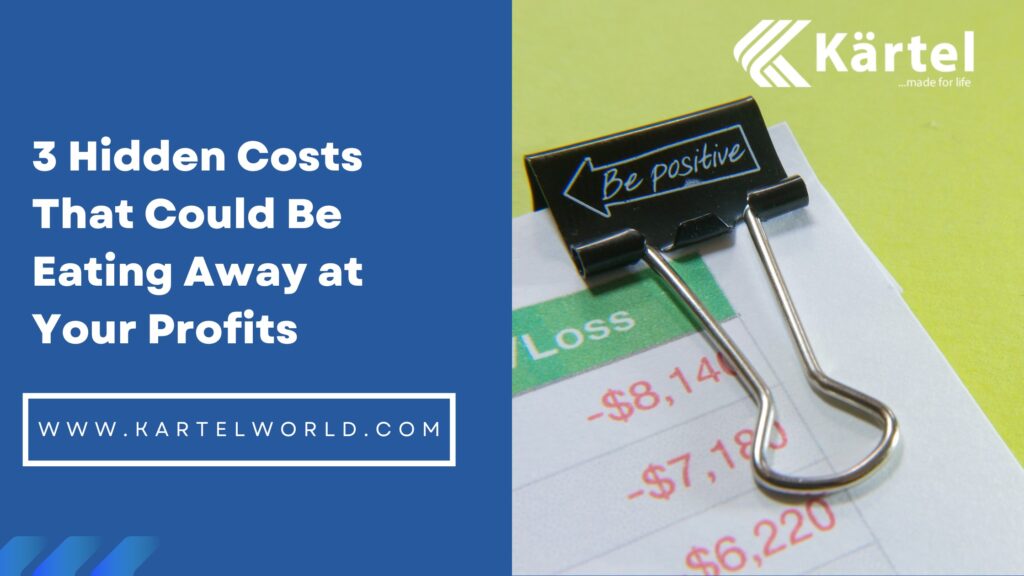Transitioning to solar energy for your new home is a smart and sustainable choice. However, to ensure you maximize the benefits, careful planning is essential. Solar energy can drastically reduce your electricity bills, decrease your carbon footprint, and even increase the value of your property. But to get the most out of your investment, you need to approach the process with a well-thought-out plan. Here’s how to effectively plan your solar energy system for your new home:
1. Assess Your Solar Potential
The first step in going solar is to evaluate your property’s solar potential. This involves analyzing how much sunlight your home receives throughout the day and year. Here’s how you can do this:
- Evaluate Sunlight Exposure: The amount of energy your solar panels can produce depends on the amount of sunlight they receive. Ideally, your roof should have unobstructed access to sunlight for most of the day. Consider factors like the orientation of your home, the angle of the roof, and any potential obstructions such as trees, nearby buildings, or chimneys that might cast shadows on your panels.
- Use Solar Mapping Tools: There are several online tools and resources available that can help you assess your solar potential. These tools use satellite data to estimate the sunlight exposure of your property and can give you an initial idea of how much energy you can generate.
2. Consult with Experts
Engaging with solar energy professionals early in the design process is crucial for a successful solar installation. Experts can provide you with insights and recommendations tailored to your specific needs:
- System Size and Layout: A solar professional can help you determine the appropriate size of your solar system based on your expected energy consumption and the specific characteristics of your home. They can also advise on the best layout for your solar panels to ensure maximum efficiency.
- Home Orientation: The orientation of your home plays a significant role in solar energy production. A solar consultant can assess your home’s orientation and suggest any design modifications that could improve solar gain, such as adjusting roof angles or positioning.
- Budgeting and Financing: Solar experts can also assist in developing a realistic budget, exploring financing options, and understanding the long-term financial benefits of solar energy.
3. Integrate Solar Design into Home Plans
To fully capitalize on solar energy, it’s important to integrate your solar system into your home’s design from the beginning:
- Work with Your Architect or Builder: Collaborate with your architect or builder to incorporate solar panels into the design of your home. This includes ensuring that the roof is designed with the right pitch and orientation to optimize solar energy capture.
- Consider Aesthetic Integration: Solar panels can be seamlessly integrated into your home’s design. Options include solar shingles or panels that blend with your roof tiles, maintaining the aesthetic appeal of your home while generating clean energy.
- Space for Solar Equipment: Ensure that there is adequate space for all the necessary equipment, such as inverters, batteries, and other components, in a location that is easily accessible for maintenance but out of sight for aesthetic reasons.
4. Select the Right Equipment
Choosing the right solar equipment is essential for maximizing the efficiency and lifespan of your solar energy system:
- High-Quality Solar Panels: Not all solar panels are created equal. Invest in high-quality panels that offer excellent performance, durability, and efficiency. Look for panels with a high energy conversion rate, good warranty terms, and a solid track record of reliability.
- Inverters and Energy Storage: The inverter is the heart of your solar system, converting the direct current (DC) generated by your panels into alternating current (AC) that your home can use. Choose a reliable inverter that suits your system’s size. Additionally, consider integrating an energy storage solution, such as a battery system, to store excess energy generated during the day for use at night or during power outages.
5. Plan for Future Expansion
As your energy needs grow, you may want to expand your solar system. Planning for this possibility from the outset can save time and money in the long run:
- Scalable System Design: Ensure that your solar system is designed to accommodate future expansion. This could involve leaving room for additional panels or choosing an inverter that can handle a larger load if more panels are added later.
- Consider Future Technologies: The solar industry is constantly evolving, with new technologies and products being introduced regularly. Designing a system that is flexible and upgradable allows you to take advantage of these advancements without requiring a complete overhaul of your existing setup.
6. Prepare for Installation
Once your plans are in place, it’s time to prepare for the installation of your solar system:
- Scheduling: Work closely with your solar provider to schedule the installation at a convenient time. Ensure that all necessary permits are obtained and inspections are scheduled. Your provider should handle most of this process, but it’s important to stay informed and involved.
- Site Preparation: Before installation begins, ensure that your home is ready. This may include clearing any obstructions, ensuring the roof is in good condition, and preparing the space for any additional equipment.
- Quality Assurance: During installation, monitor the process to ensure everything is being done according to plan. After installation, make sure to review the work and confirm that all components are functioning properly before the final handover.
Conclusion
Going solar is a significant and beneficial investment in your new home. By planning effectively and integrating solar energy into the design and construction phases, you can ensure that your system will meet your energy needs for years to come. Following these steps will not only help you create a more sustainable home but also allow you to enjoy the financial and environmental benefits of solar energy.
Ready to start your journey towards a greener future? Begin planning your solar-powered home today!




